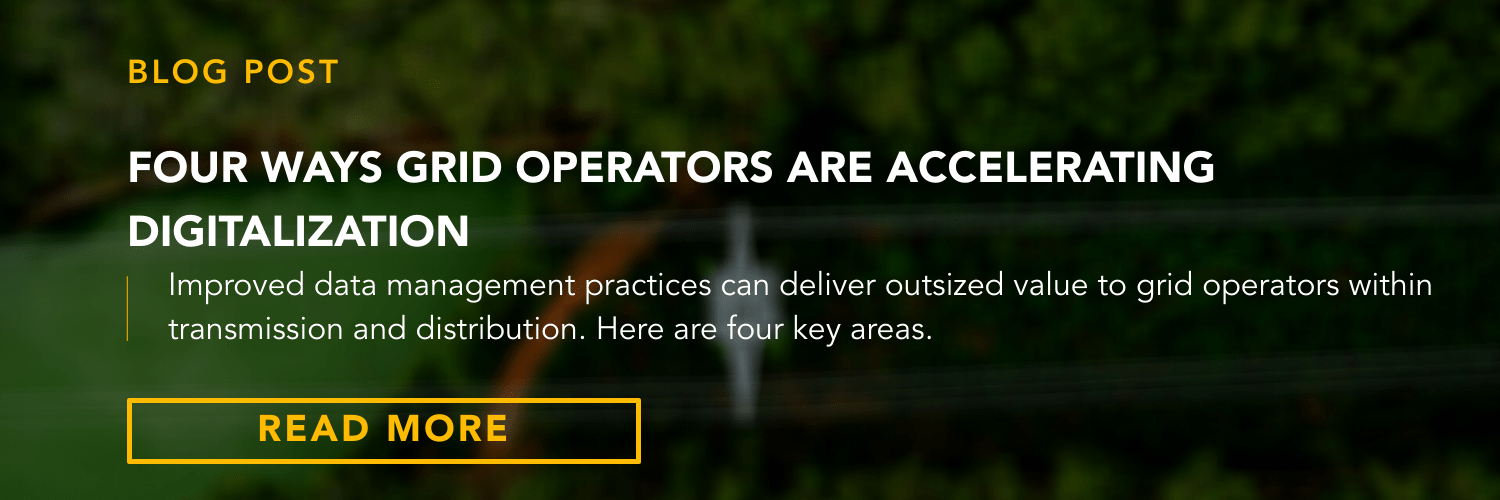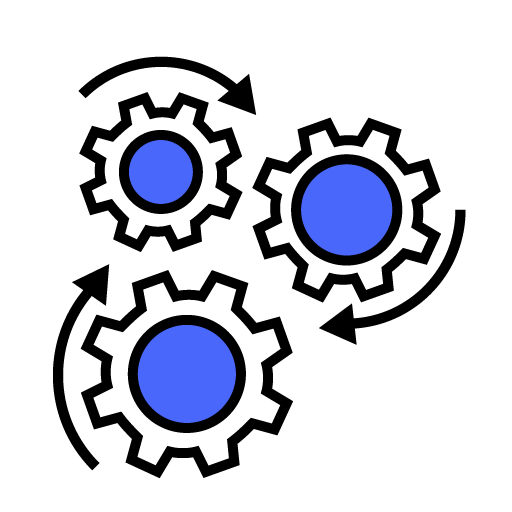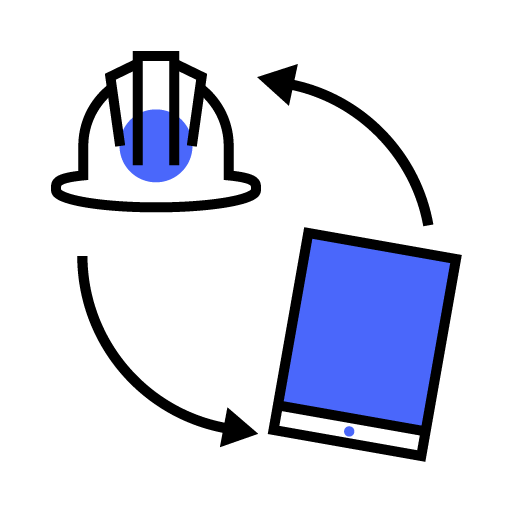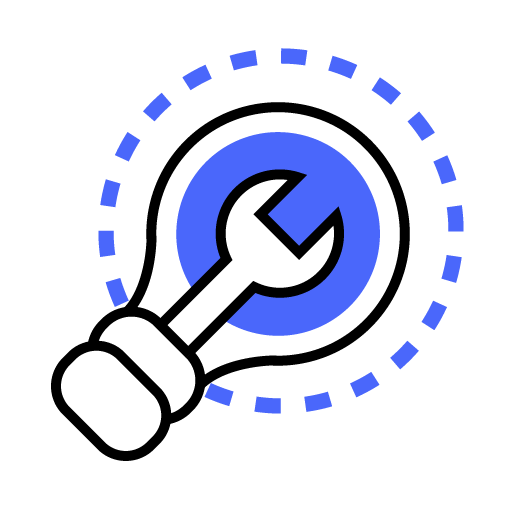Grid operators and professional athletes — on the surface, these two groups could not seem more different. But both can (and should) use a common strategy to boost their performance.
In addition to regular skills-specific training, professional athletes embrace the importance of flexibility as a key driver of future success. Building flexibility by stretching after each workout improves range of motion, increases strength and resiliency, and prevents future injury — all delivering the means to compete more effectively under increasingly dynamic conditions.
-png.png?width=717&name=Ecosystems%20(10)-png.png)
This can improve “range of motion,” enabling companies to deliver more services with the same or less effort, increase the “resiliency” of their operations during adverse conditions, and prevent future business “injury” from liability, competition, and regulatory pressure.
Just as science has proven the value of flexibility for the athlete, all evidence points to the rewards being worth the effort for grid operators as well. The World Economic Forum estimates that digitalization will drive a $1.3 trillion dollar economic benefit to the energy segment by 2025.

At a societal level, flexible grid operations accelerate the transition to cleaner energy sources by facilitating the integration of renewables and improving the management of microgrids. This has significant implications for the operators that can realize lower operating costs and, for example, better leverage their existing investments in the world’s nearly 7 million circuit Kilometers (cKm) of high-voltage transmission networks.
As this industry continues to mature, several high-value opportunities have emerged where utilities can leverage digital-driven flexibility for maximum return on investment:

Improving Efficiency and “Range of Motion”
- Power System and Quality Analysis: With dynamic demand patterns and the onboarding of distributed, renewable sources, never before has it been more complicated or important for utilities to develop smarter demand response capabilities. This includes the means to more reliably balance load and supply on the grid without causing overloads or reducing the quality of power supplied. By collecting and analyzing more data from traditional (smart meters) and nontraditional (weather, substations) data sources, companies can better characterize the real-time behavior on the grid and make data-driven decisions. This has significant implications for minimizing the cost of power while preventing poor experience for residential or commercial customers, which can damage an operator’s reputation.
- Dynamic Line Rating (DLR): With improved analysis of environmental factors, utilities can adjust line capacity in near-real time to carry more current than the static rating, meeting demand and potentially deferring investments in expensive new infrastructure. This process includes both creating forecasts and monitoring existing conditions with high fidelity, based on myriad dynamic variables including wind speed, ambient temperature, and tension and sag from a variety of data sources. This is particularly important in areas with renewable energy sources, which have a tendency to put stress on existing grid infrastructure.

Increasing Operational Resiliency
- Quickly Identifying Line Faults: Today, many utilities still operate their grid with less-than-ideal visibility into unexpected grid faults. In cases where sensors exist across the grid, this information can be collected and analyzed to predict and pinpoint problems before they occur. This way, outage management has real-time visibility and can send repair crews to the precise location of the fault, equipped with enough information to quickly solve the problem and restore the section of the grid. This directly increases the resilience of the grid and improves the customer experience.
- Empowering Workers with Remote Capabilities and Decision Support: Another critical aspect of grid resiliency has to do with the availability of information that field teams have at their disposal. In many cases, the information they need is locked away in siloes that they can’t easily access. This can lead to delays in repairs due to extra collaboration needed between the central ops hub and the field team. In addition, this lack of on-demand information can create unsafe situations or faulty repairs.

Preventing Business Injury (Risk Mitigation)
- Smart Asset Management: Unexpected asset failures in transmission substation transformers and other assets create dangerous and expensive scenarios with both top- and bottom-line implications. Utilities can leverage real-time data from onboard sensors and SCADA systems to build analytics that support a change from a calendar-based maintenance paradigm to a more precise, on-demand condition-based or predictive maintenance strategy. The operational visibility exposed with these analytics enables smarter lifecycle management and spare parts forecasting and inventory, and optimizes labor needs.
- Operational Visibility and Reporting: In many cases, the data needed to answer ad-hoc operational or regulatory queries exists deep within the organization and without easy or repeatable access. This prevents timely analysis and response and risks fines and penalties that result from falling outside of compliance. This problem can’t be solved with advanced analytics or data science — it needs to be tackled at the fundamental data access and availability layer.
So what is required to put flexibility into practice?
It may sound simple on paper, but under the surface, it is radically complex: Successful application development requires solving fundamental problems with data access and contextualization. This involves first extracting raw data such as time series, weather data, and one-line diagrams from their silos and then identifying and connecting the relationships between them in a cost-effective manner. There’s value in achieving this for a single solution, but truly operationalizing the data at scale requires building a comprehensive data model wherein the same data can be accessed at will by an ecosystem of applications.

Operational Flexibility Depends on an Interconnected Data System
Just like an athlete might gain flexibility with regular stretching, it gets easier over time to integrate digital into grid operations, especially if these applications are based on a common data model. In this way, the operational flexibility offered by digital becomes its own system of moving parts. Without a structured development routine, however, this system might show isolated gains via proofs of concept or small-scale deployment, but never reach its full potential.
The good news? New data operations (DataOps) practices offer the industry’s most compelling means to truly drive digital success and performance across their organization.
Just don’t forget to stretch.


